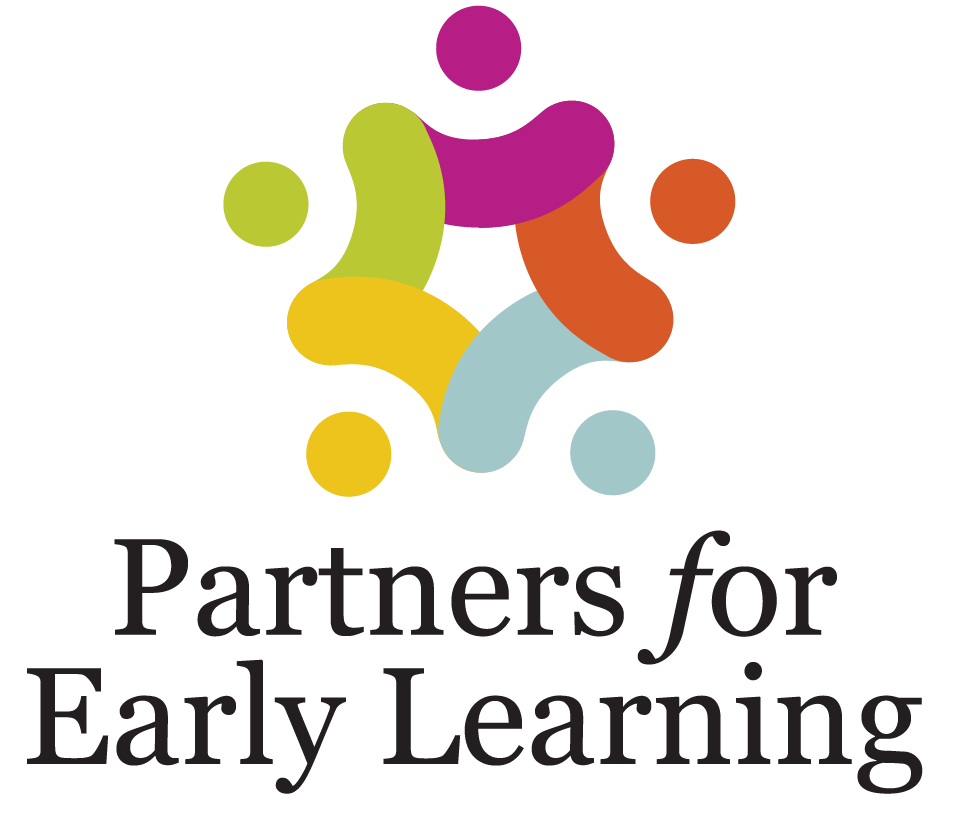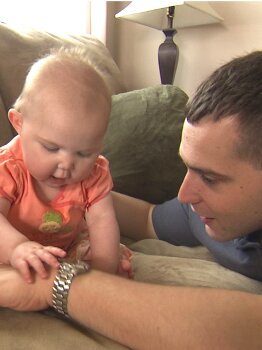How do I know what my baby wants?
Everyone knows that babies cry when they are upset. They smile when they’re happy. And their eyes get wide and bright when they’re interested in something. But what else can babies tell us, even though they can’t talk yet?
When we pay close attention, babies can tell us a lot. Your baby has his own special signals and cues he uses to try to communicate his wants and needs. When you respond to these signals and follow your baby’s lead, you help your baby develop in healthy ways.
Responding is important.
Infants mostly use facial expressions to interact with you, ranging from big smiles and wide eyes to frowns and angry faces. They also use body language, like turning away from something when they need a break or reaching out when they want something. Each baby uses his own set of expressions and movements to signal what he wants.
When parents read their babies’ signals and respond to them, babies become more secure and learn to express their needs more clearly. Babies thrive with lots of face-to-face time with parents and caregivers who follow their lead.
What’s my baby trying to say?
Every baby is different, and each may use different cues to communicate. That’s part of the fun of parenting – learning how your own baby wants to interact with you! As you get to know your baby’s signals, remember the other things that are going on in the baby’s life. How long has it been since your baby has been fed? When was she changed last? Does she want you to notice something that interests her? Does she need calm and quiet after lots of noisy activity?
Signals your baby might use.
“I’m interested – let’s do more of this.”
- Have eyes widening/brightening
- Look at you or an interesting object
- Smile or show expressions of joy
- Reach for things (like your nose)
“I’m hungry”
- Show rooting behaviors – rubbing/sucking on your shirt
- Make mouth movements
- Put things in her mouth
“I’m sleepy”
- Rub her eyes
- Rub her face in your shirt
- Pull on an ear
- Get fussy
“I need a break!”
- Turn away
- Arch his back or twist
- Fuss or cry
- Close his eyes
- Show dull or glassy eyes
- Grab his hands or his body for comfort
- Kick or wave arms rapidly
Helpful parenting tips
These cues are just a start. As you and your baby get to know each other, you will learn more and more of her cues. Learning these cues and responding to them is a great start to a lifetime of communicating with your baby.
- Play lots of face-to-face games with your baby. Babies love to see you and your facial expressions.
- Try to follow your baby’s lead. If she’s interested in you and your face, keep playing! If she looks at another object, see if she wants to hold or touch it.
- Try to be sensitive to cues that your baby needs a break. If he turns away, it’s okay to be patient and wait until he returns to you. If he is getting fussy, it might be time to try something new or let your baby relax as you stay near.
- Take the daily schedule into account. How long has it been since she’s been fed? Does she need a nap? Has she been changed recently? Parents that keep these activities in mind have a better chance of reading their babies’ cues.
- Don’t expect to be able to “read” every sign or cue. You won’t always get it right. If you’re trying, you’re probably doing a great job!

